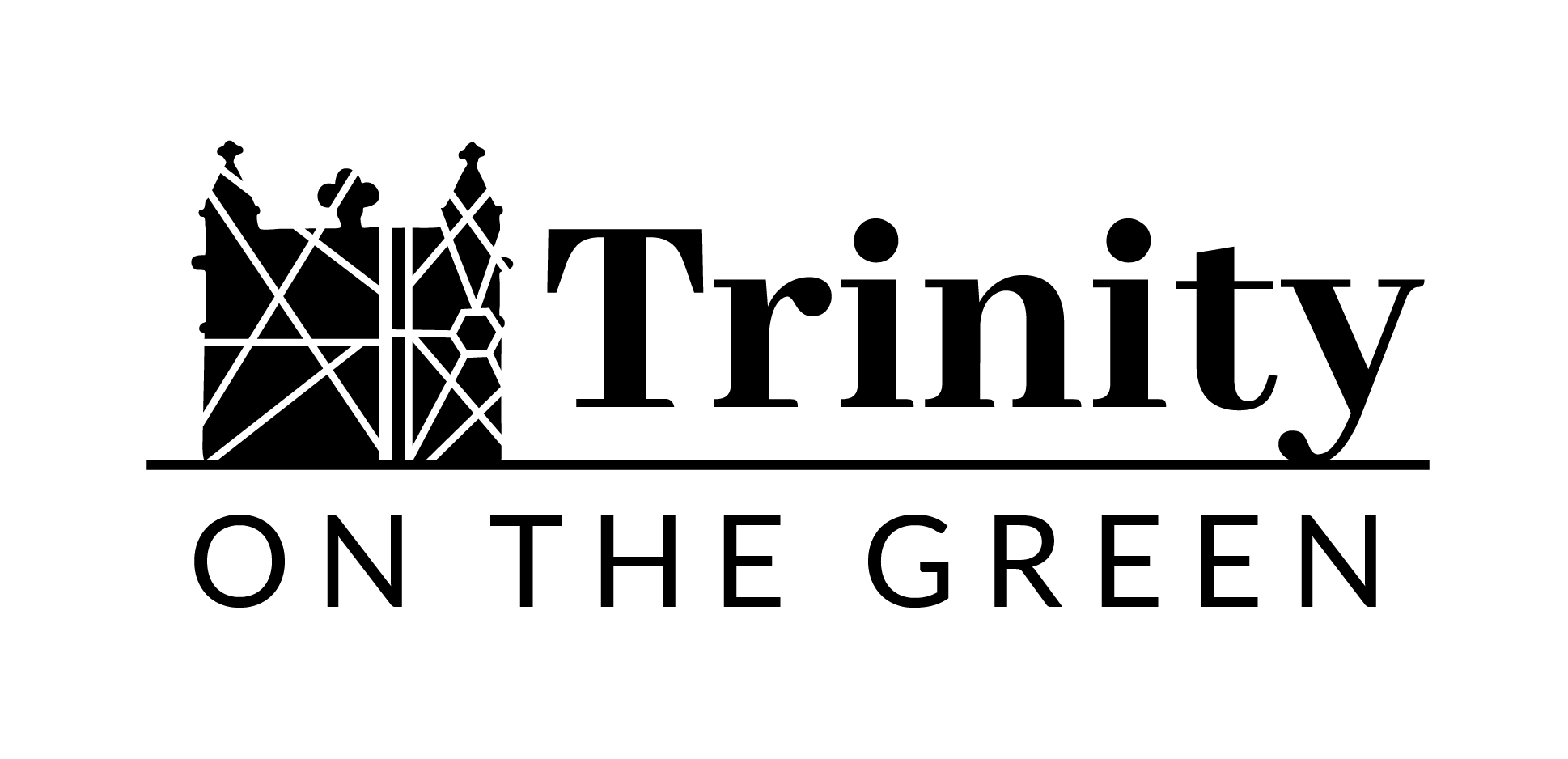This June 2nd at 10 AM, The Witness Stones Project, in conjunction with Trinity on the Green and the Foote School, will be placing a memorial to Lucy & Lois Tritton on the Trinity apron. The Trittons were enslaved people purchased at public auction on the New Haven Green on March 8, 1825, by abolitionist Anthony P. Sanford, who freed them immediately. While this was the last such auction to take place in New Haven, the legacy of slavery of and racism in Connecticut is profound and continuing, and we hope that the memorial to Lucy and Lois Tritton will help future generations to understand the deeply human impact of those forces right here in downtown New Haven. [1]
On May 15th and May 22nd at 11:30 am, scholars from the Witness Stones Project will be joining Trinity parishioners for 90-minute, open lectures introducing a history of slavery in Connecticut, details of enslavement through the Five Themes of Slavery, and finally the lives of Lucy & Lois Tritton, their enslavement, sale, and freedom.
We plan to provide an open lecture format, but if the group is small, we can adjust the format to allow for the community to engage and analyze the documents directly. I think we will know after the first session the size and can determine the follow-up sessions accordingly.
WHAT IS THE WITNESS STONES PROJECT?
”The Witness Stones Project™ is a K-12 educational initiative whose mission is to restore the history and honor the humanity of the enslaved individuals who helped build our communities. Inspired by the Stolpersteine memorial project, and with its blessing, the Project began in Guilford, Connecticut, in 2017, and became an independent 501(c)(3) in August 2019.
The Project provides archival research, professional teacher development, a classroom curriculum, and public programming to help students discover and chronicle the local history of slavery. The final component of the work in each community is the placement of Witness Stone Memorials™: permanent landscape markers that honor enslaved individuals where they lived, worked, or worshiped.
In five years, the Project has partnered with 70 schools and community institutions and has reached more than 7,500 middle and high school students in 42 communities across 4 states.
The students explore the lives of enslaved individuals through primary source documents and then create biographical sketches of the forgotten enslaved men, women, and children and share those stories through essays, art, poetry, and films.
The students then bring their communities together to place the Witness Stones. At public installation ceremonies, students, faculty, administrators, historians, public officials, clergy, and the larger community remember and honor the forgotten through music, poetry, oration, and reflection.
Our hope is that the students’ work and the public memorials inspire communities to learn their true history, dismantle current inequities, and build a just future.”
[https://witnessstonesproject.org/what-is-the-witness-stones-project/]

